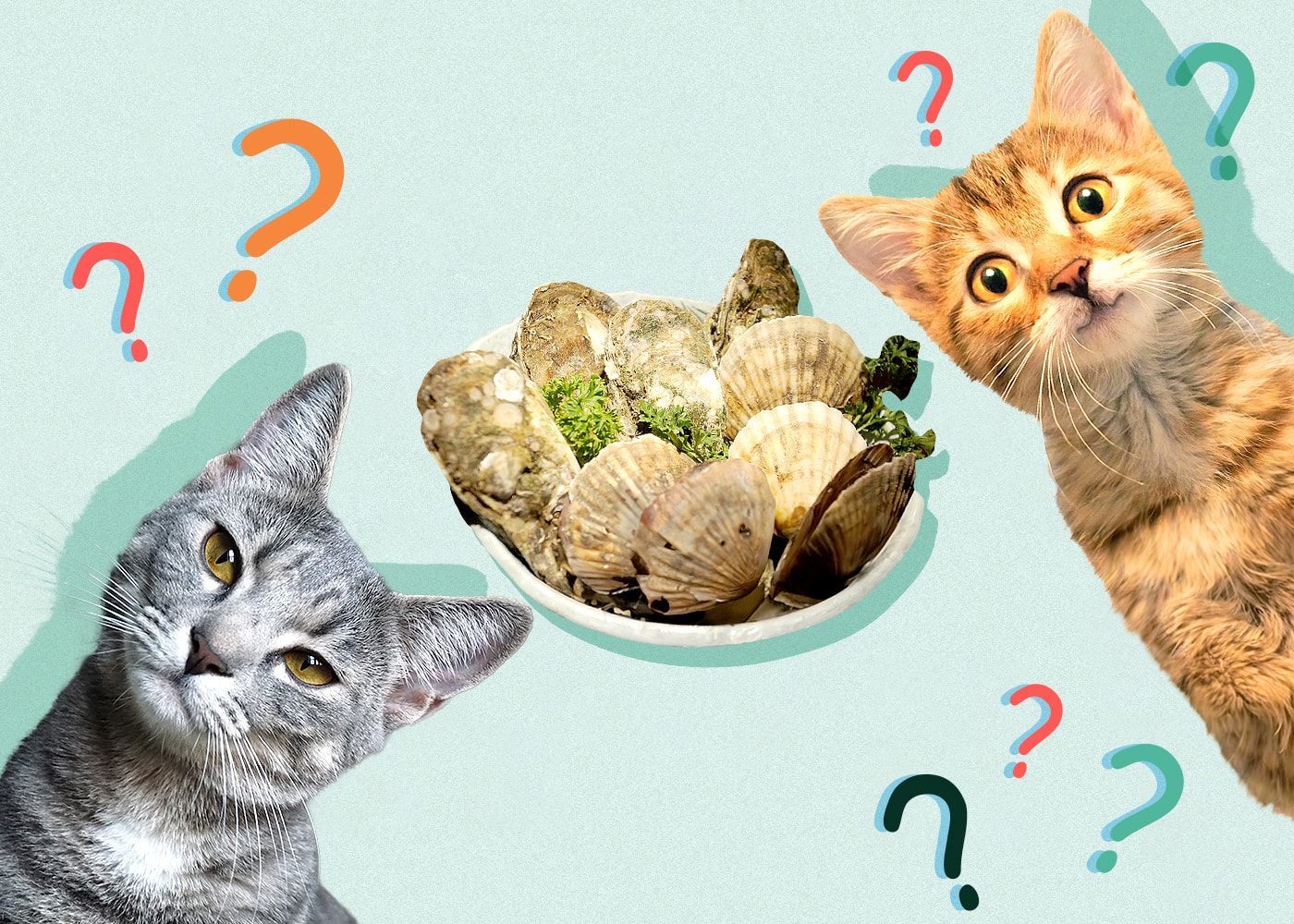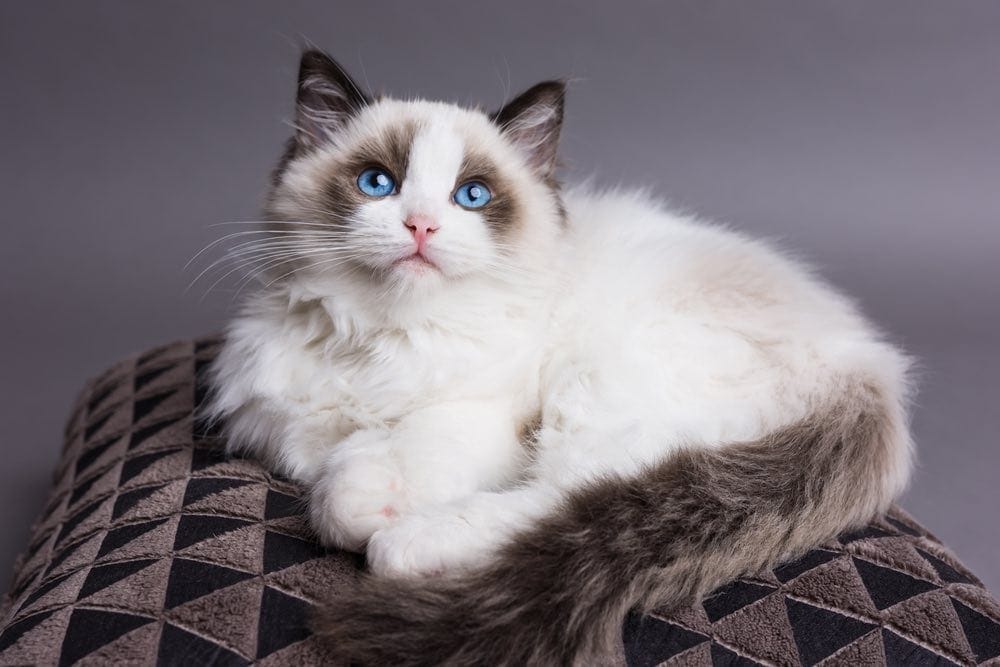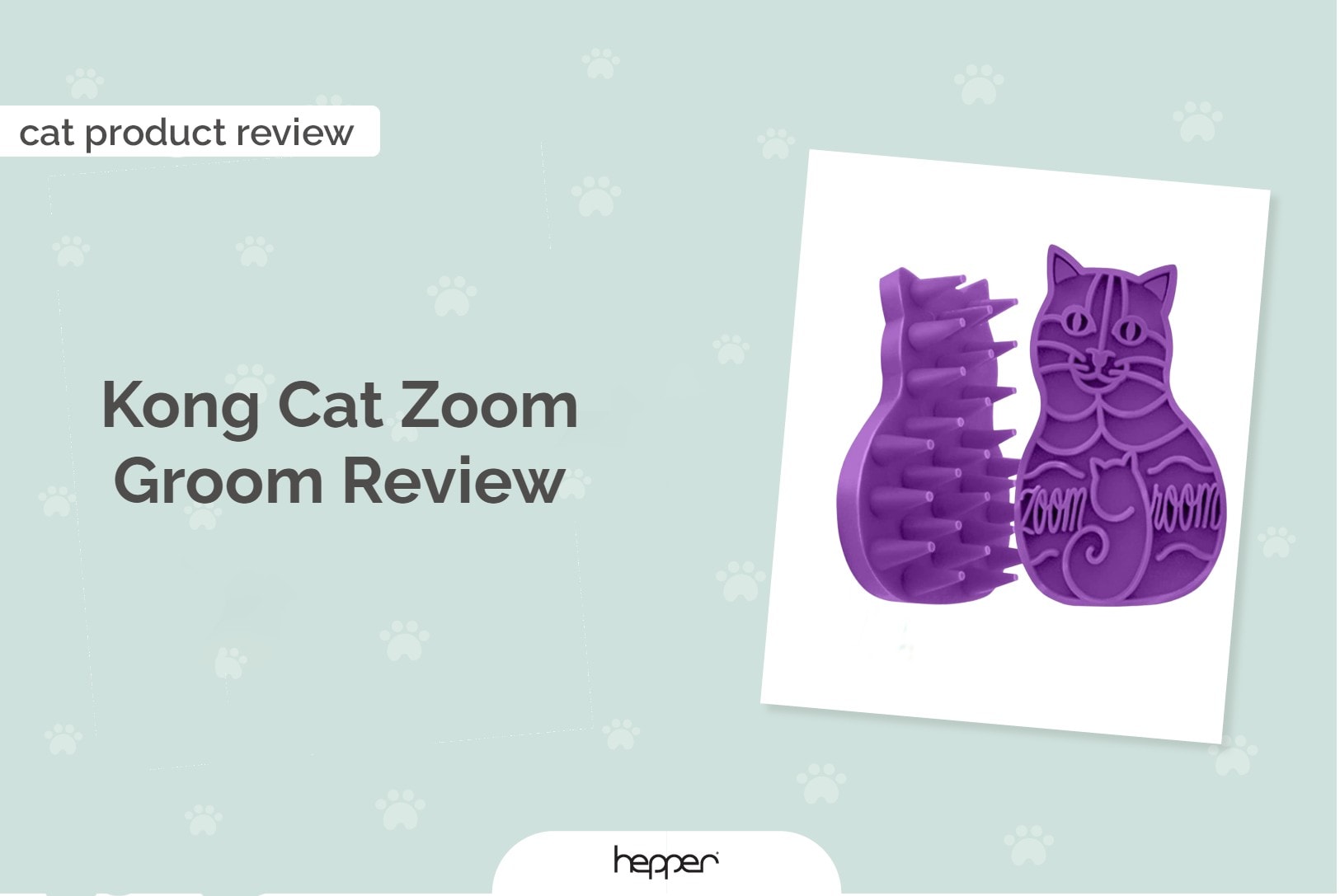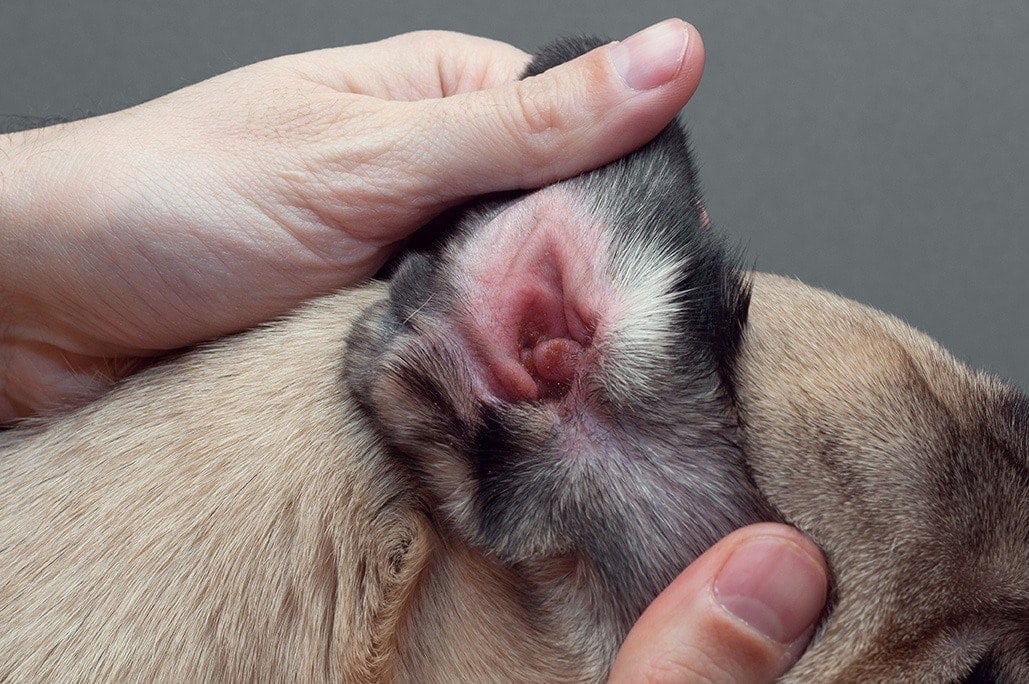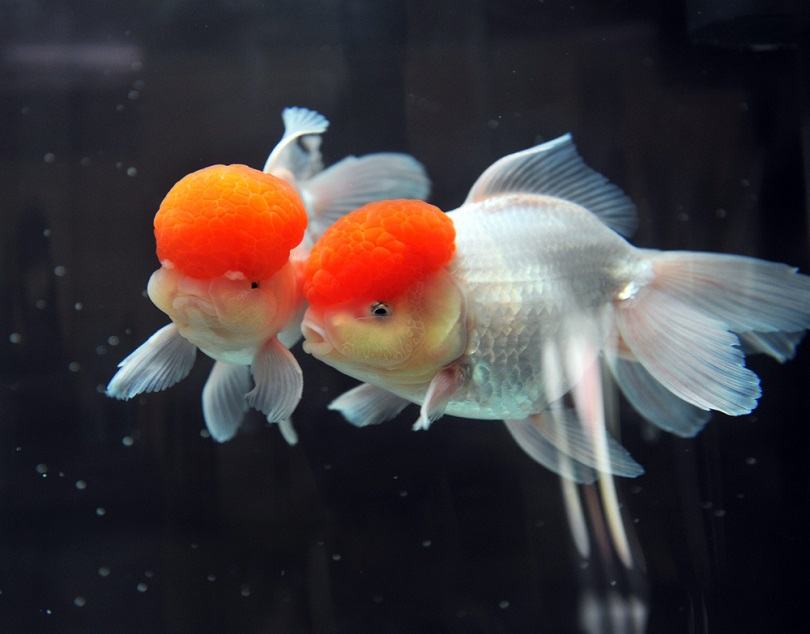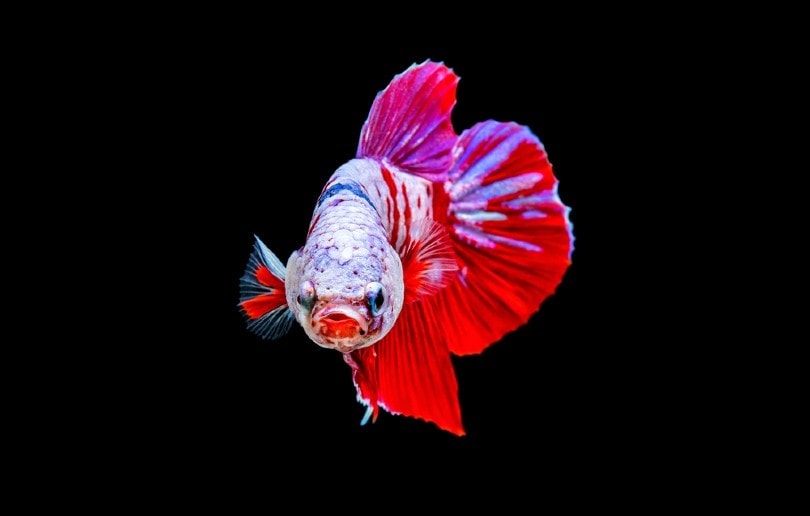20 Unique & Interesting Facts About Cat Paws (2024 Update)
Updated on
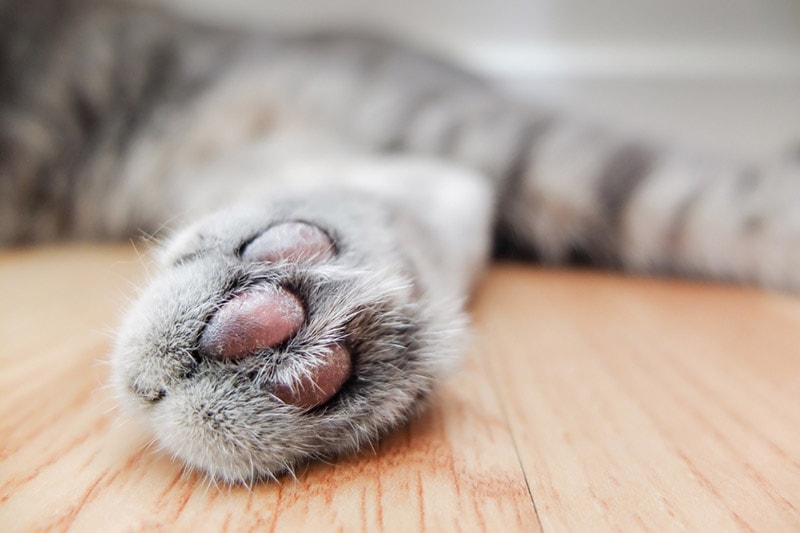
Humans domesticated canines long before felines became part of our households. We’re still learning about our cats and how they’ve adapted to living with us. However, scientists have determined fascinating facts about how felines use their paws and the unique adaptations they have. Even though cats and dogs have four paws, they couldn’t be more different.
Felines and canines share a common ancestor. The species diverged about 55 million years ago. Cats became the stealthy, often solitary animals we know and love, while dogs found a place at the hearth as our best friends. The differences between these animals are even evident in their paws.
The 20 Cat Paw Facts
1. A Cat Has a Different Number of Toes on Its Front and Back Paws
Both cats and dogs have five toes on their front paws and four on their back feet. Each toe has a pad with a rounded triangular-shaped one in the center called the metacarpal pad. Another one is further up on its paw, called the carpal pad. These terms refer to the underlying skeletal structure of the animal’s leg. Cats also have a dewclaw on the inside of their leg, located where their wrist is.
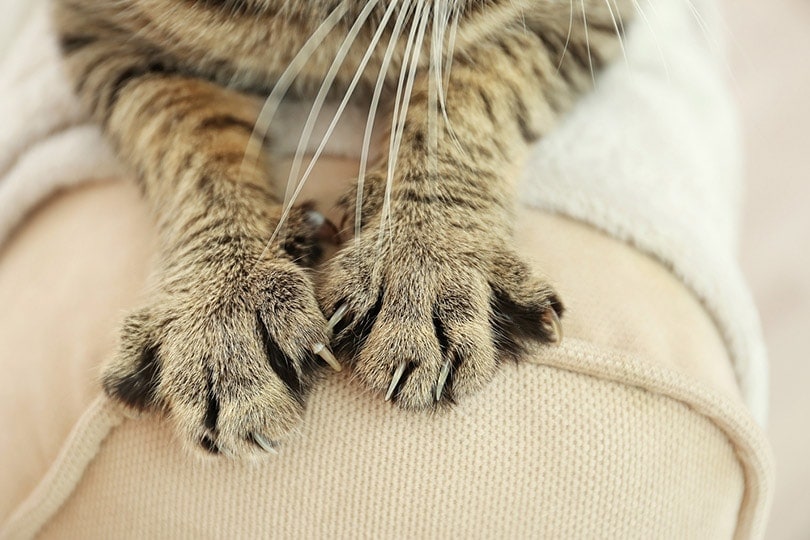
2. There Are Scent Glands in Their Paws
Cats’ paws are multifunctional. They communicate in various ways, including with the scent glands of their paws. Their purpose is to mark their territories. It makes sense for animals to use non-contact ways to establish their turf. It can help prevent fights that could leave an animal injured or worse. Your pet is doing the same thing when it kneads you—claiming you as its property.
3. Cheetahs Are One of Few Cats That Don’t Have Retractable Claws
It’s easy to tell cat and dog tracks apart. Canines have claws that are visible in the print. Only four species of the circa 38 wild felines lack retractable claws. They include the Cheetah, Iriomote Cat, Flat-headed Cat, and Fishing Cat. Cheetahs benefit from having their claws only semi-retractable since it gives them extra traction when racing across the savannas.
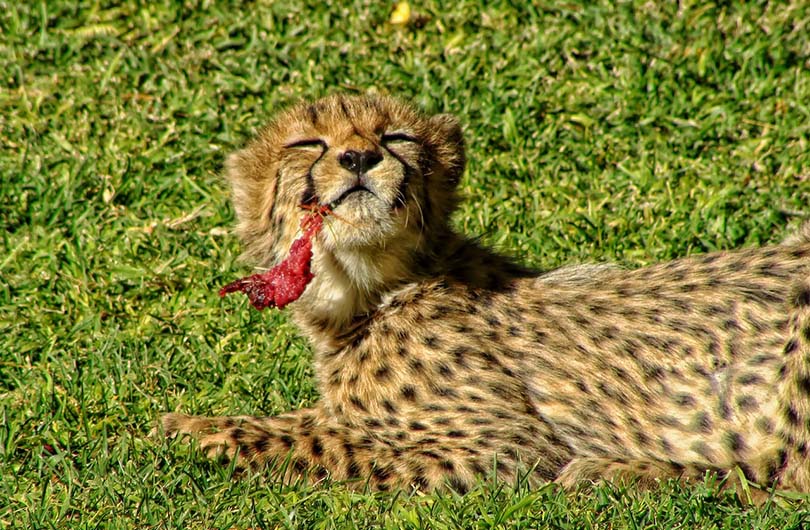
4. Cats Show a Preference for Their Dominant Paw
Humans are overwhelmingly right-handed. Research has found that dogs are either left- or right-pawed. Cats also show a preference, although it isn’t as clear-cut as it is with people. One way scientists determined this finding was by observing which paw the animal used to step forward first. They also noted which one a feline used to reach for food.
5. Polydactyl Cat Have More Than 18 Toes
Scientists have identified over 70 genetic mutations in cats. Having more than the usual 18 toes, or being polydactyl, is just one of them. It’s a dominant trait, meaning only one of the two copies of the gene is necessary for it to occur. The Guinness World’s Record for the cat with the most toes goes to Jake from Bonfield, Ontario with its 28 digits!
The most famous are the roughly 60 resident felines at the Ernest Hemingway Home and Museum. The story goes that the author was gifted a polydactyl cat and then nature handled the rest.
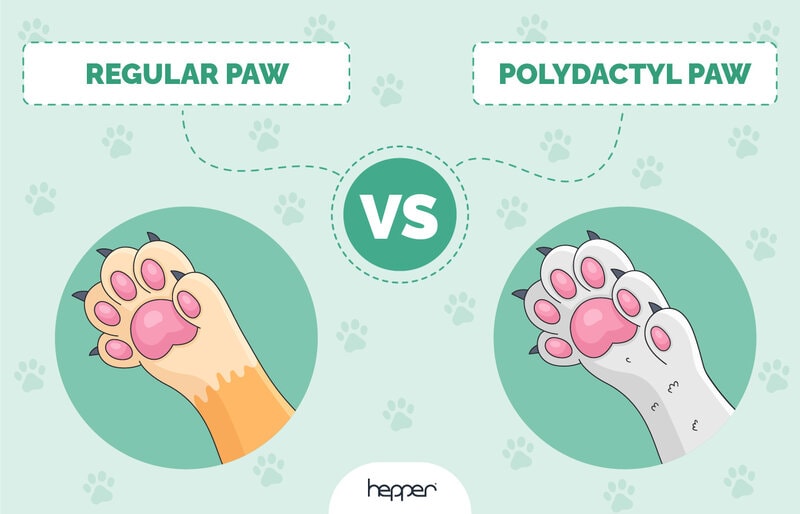
Veterinarians often recommend pet owners handle their animals’ paws frequently when they’re young to make physical exams and nail trimming easier. If you don’t do it, you may find your cat doesn’t like it. Felines’ paws are sensitive to temperature, vibrations, and the lay of the land. They are critical for them to navigate their world. After all, they are the equivalent of our fingers and have many touch receptors.
7. Female Cats Are More Likely to Be Right-Pawed
The research we cited earlier also found a correlation between an animal’s sex and its paw preference. Female cats were more likely to favor their right ones, while males were left-pawed most often. It’s worth noting that animals preferring their right paws often use the opposite hemisphere of their brains more frequently. That fact can have behavioral implications.
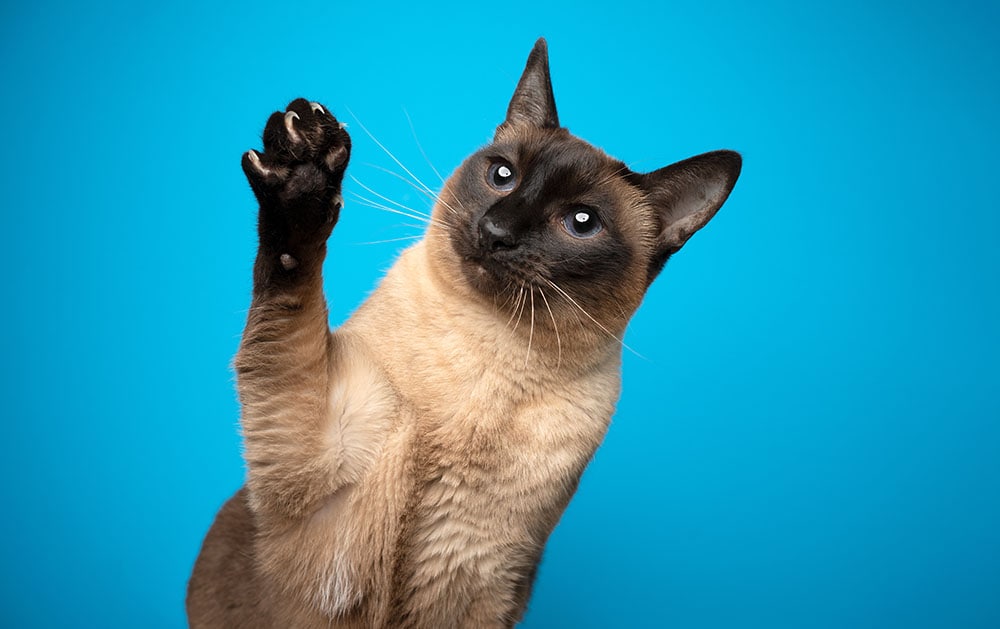
8. Cats Use Their Claws and Paws as Tools
Cats get by very well, despite not having hands or opposable thumbs. Their nimble nature and stealth are exhibits A and B. They also make impressive use of their paws and claws. Anyone who has lived with a kitten or curious cat knows that it’s not different from having to child-proof your home if you have a toddler. Their claws open doors and pick up objects, but don’t even get us started about them batting stuff.
9. Felines Grasp Their Food in Different Ways
The versatility of felines’ paws is evident in how they use them. Research has shown that cats use different digits for specific tasks. The second and fifth ones help keep the animal steady on where it’s positioned while reaching for things. The third and fourth touched objects first. This functionality is visible in the skeletal structure of the digits.
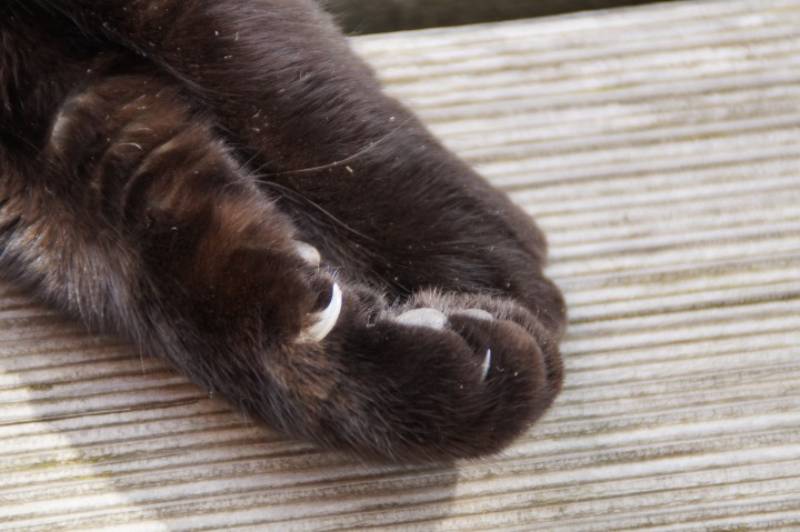
10. Left-Pawed Cats Are More Likely to Be Aggressive or Fearful
We mentioned the connection between paw preference or lateralization in cats and brain use. Scientists have uncovered some surprising behavioral differences in cats.
Left-pawed felines are more likely to be aggressive or fearful. Notably, males usually have the same inclination. Interestingly, brain and psychological variations also exist in people, depending on their dominant hand.
11. Cats Have Sweat Glands in Their Paws
Like dogs, cats have sweat glands in their paws to help them regulate their body temperature. They don’t have these structures in their skin, making this functionality vital. It also adds to the body of evidence suggesting that feline paws are multifunctional. We can probably relate to this fact. If you’re feeling anxious, you probably have sweaty hands.
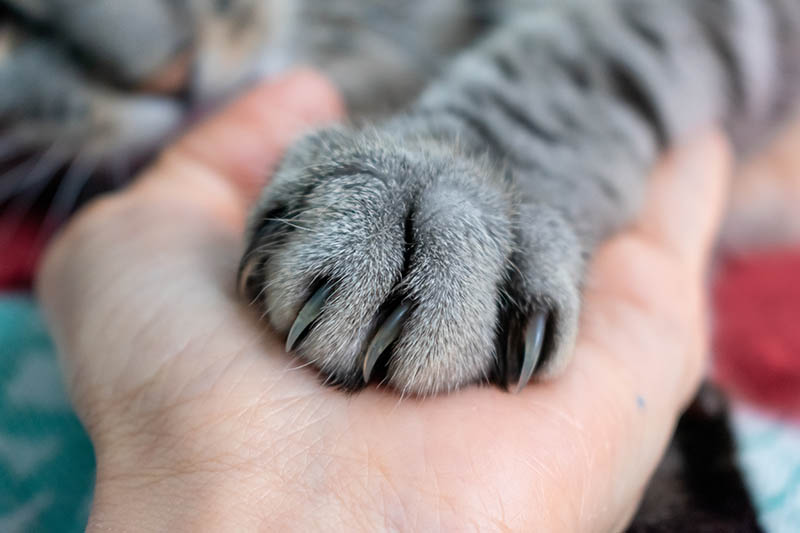
12. Cats Scratch Things to Mark Their Territory
Scratching furniture and carpets is the bane of many cat owners. Unfortunately, it’s one of the main reasons people give up their pets, too. It’s essential to understand that it’s instinctive behavior.
Cats can’t help themselves. It’s another form of non-contact communication to avoid confrontations with other animals. They use it to mark their territories and remove the sheaths on their claws.
13. Cats With a Paw Preference Are More Likely to Be Friendly and Affectionate
Research has shown both a paw preference and a lack of one. Scientists have also noted behavioral differences with usage. Females use their right paws most often to reach for food. Males use the left. Animals with these inclinations are more likely to be friendly and active. It may reflect the reliance on one brain hemisphere over the other to explain the differences.
14. A Cat’s Pad Color Reflects Its Coat Hue
You’ve undoubtedly noticed the variations in the colors of a cat’s nose and pads. They usually go hand in hand with the overall shade of the animal’s coat. Light-colored felines often have pink noses and pads. Dark-colored cats have similarly colored ones. You see the same differences in dogs and other pets. Sometimes, the animals have mottled noses and pads.
15. Felines Tip Toe When They Walk
If you watch your cat walk, you’ll notice it’s not walking as you do. It tip-toes to get around, making it a digitigrade animal. It moves the limbs from one side together before the other. It’s something it shares with giraffes and camels.
Humans are plantigrade, like bears. We walk on our entire foot with each step. The cat’s style of walking serves it well for many different reasons.
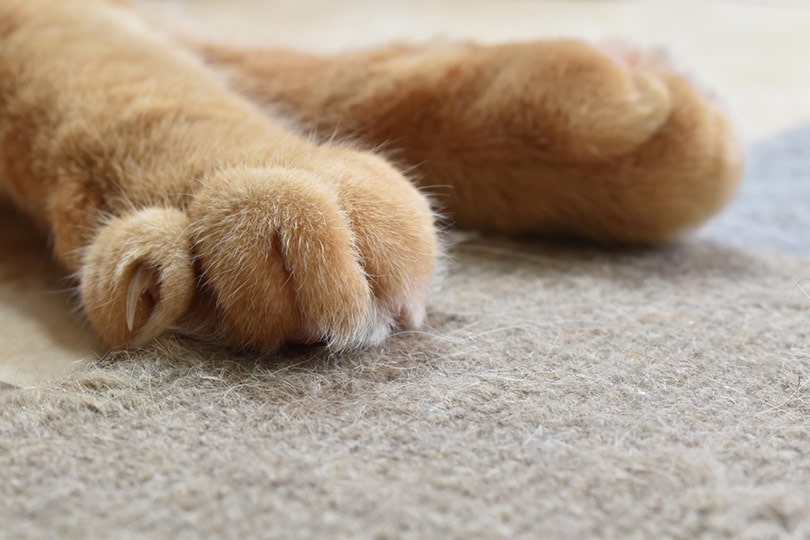
16. A Cat’s Paws Helps It Stalk Its Prey
Being a digitigrade allows cats to approach their prey quietly. Canines, on the other hand, are specialized for covering long distances and chasing down their prey. Their style conserves energy to handle these challenges. Feline evolution favored stealth for improved hunting success over long-distance sprinting. The Cheetah is the notable exception.
17. The World’s Record for the Longest Jump by a Cat Is 7 Feet
Jumping from heights and distances is the specialty of felines. These skills are vital in hunting. The long-distance record for a jump is about 7 feet, completed by Waffle the Warrior Cat.
It’s worth noting that this athletic feline was 10 years old at the time it made it into the record book. The structure and shock-absorbent nature of its paws make it possible without injury.
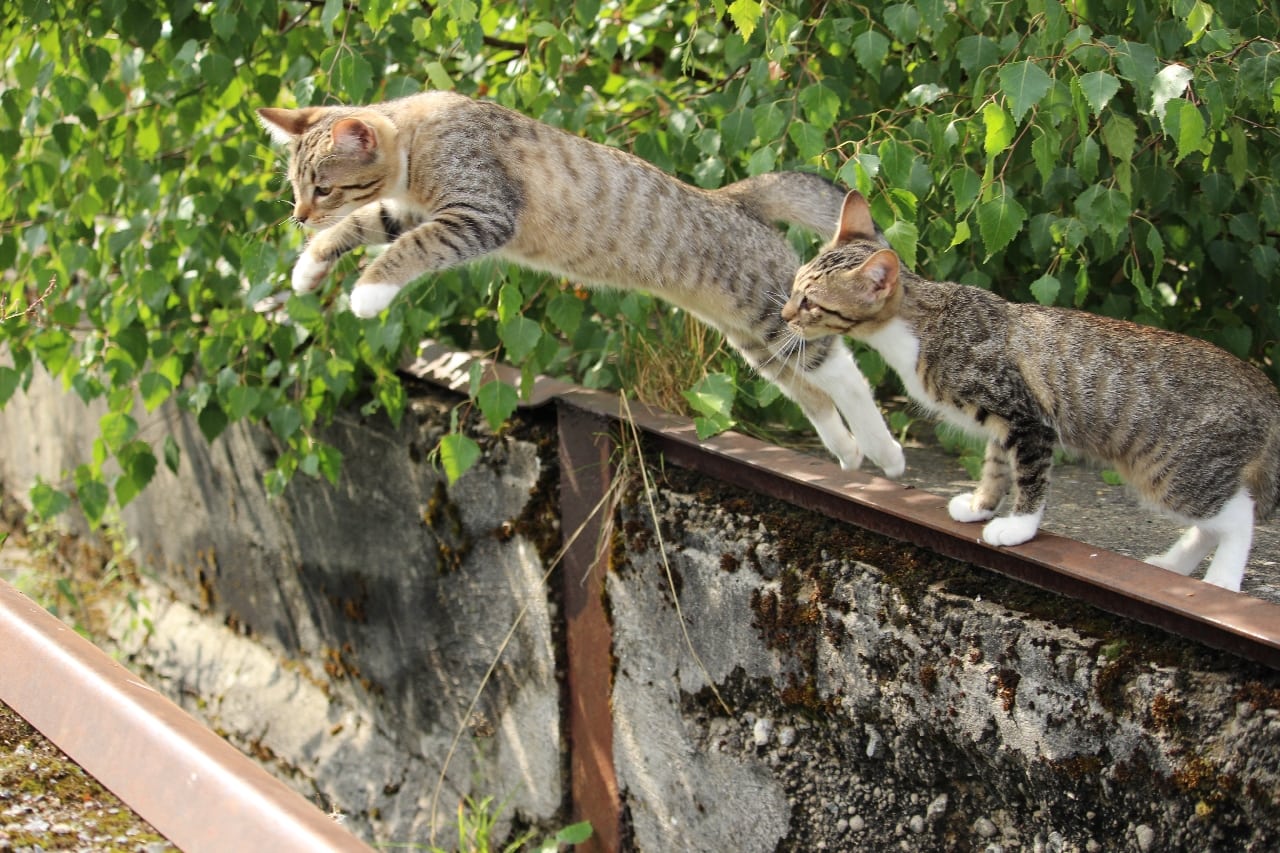
18. Researchers Have Found an Association Between Declawing and Health Issues
You can’t talk about a cat’s paws without discussing its claws. They are an integral feature. We mentioned the disconnect between the animal’s instincts and the owners’ need to protect their stuff. Cats seem to get along as polydactyl felines. However, life without claws is a different story.
Research has shown a link between aggression and back pain with declawing. That explains our next fact.
19. The American Veterinary Medical Association Recommends Pet Owners Do Not Declaw Their Cats
The American Veterinary Medical Association (AVMA) is emphatic in its stance on declawing. The organization rightly points out that it’s instinctive behavior. Your cat is simply getting in touch with its wild side. We agree. Getting a scratching post is an excellent way to redirect unwanted behavior to something more appropriate.
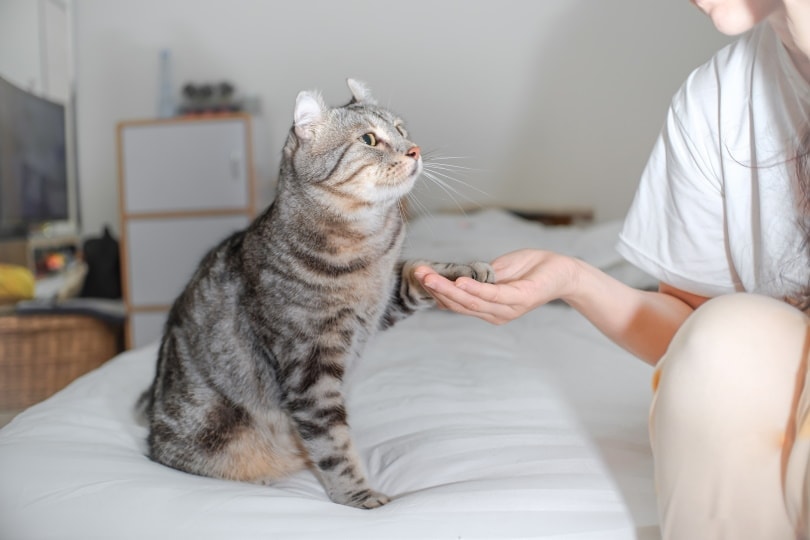
20. The Fastest Cat Is the Cheetah
Cat owners know their pets are fast. Watching your kitty doing zoomies after you’ve fed it is enough to convince anyone. The fastest speed ever recorded for a cat is nearly 80 mph. Cheetahs rely on speed for hunting. Remember that they live in the open African savannas. Stealth isn’t a viable option for these predators, so speed gives them the edge.
Fun Bonus Fact
While doing our research, we came across this wacky fact that had us scratching our heads. At first, you wonder why anyone would do this to begin with. Then, you ask why it’s something that the Guinness World Records would even recognize.
The record for the most dice loaded on top of a cat’s paw is 10. We don’t usually associate patience with felines, but Bibi proved us wrong.
 Conclusion
Conclusion
Cats are amazing animals. They are the ultimate predator, whether they use stealth or speed. They are well-adapted to this role, as evidenced in their paws. They can get around in their environment with ease. Felines are the quintessential athlete, and our list of facts provides proof. It makes us appreciate our feline companions even more by knowing more about their paws.
You Might Also Be Interested In:
Featured Image Credit: patthamapong, Shutterstock

